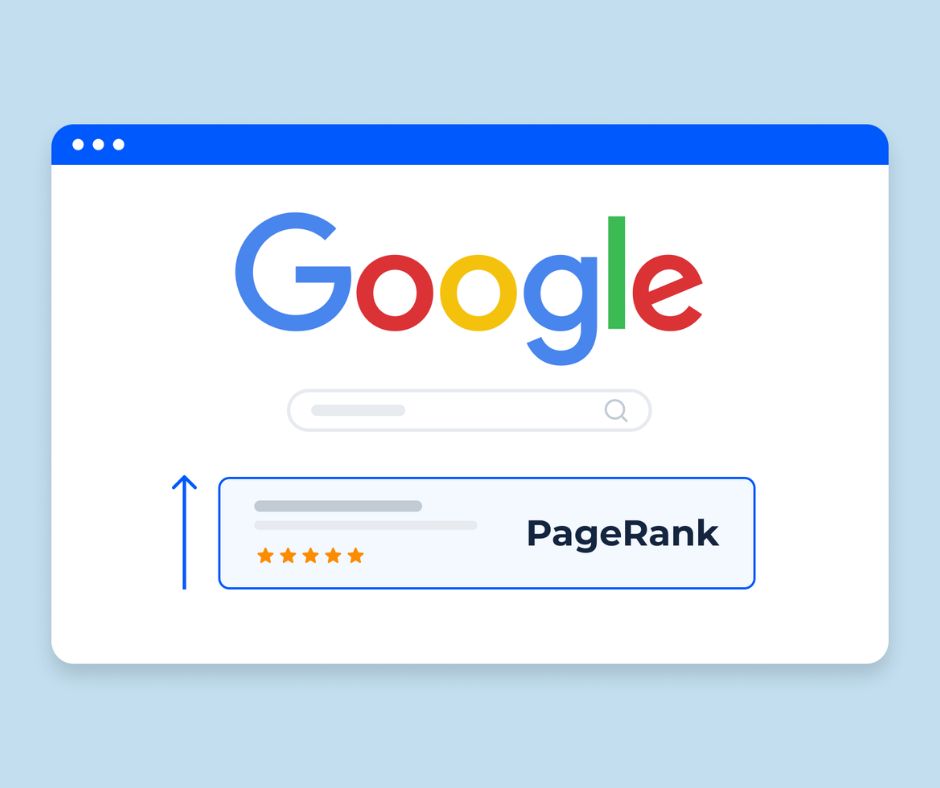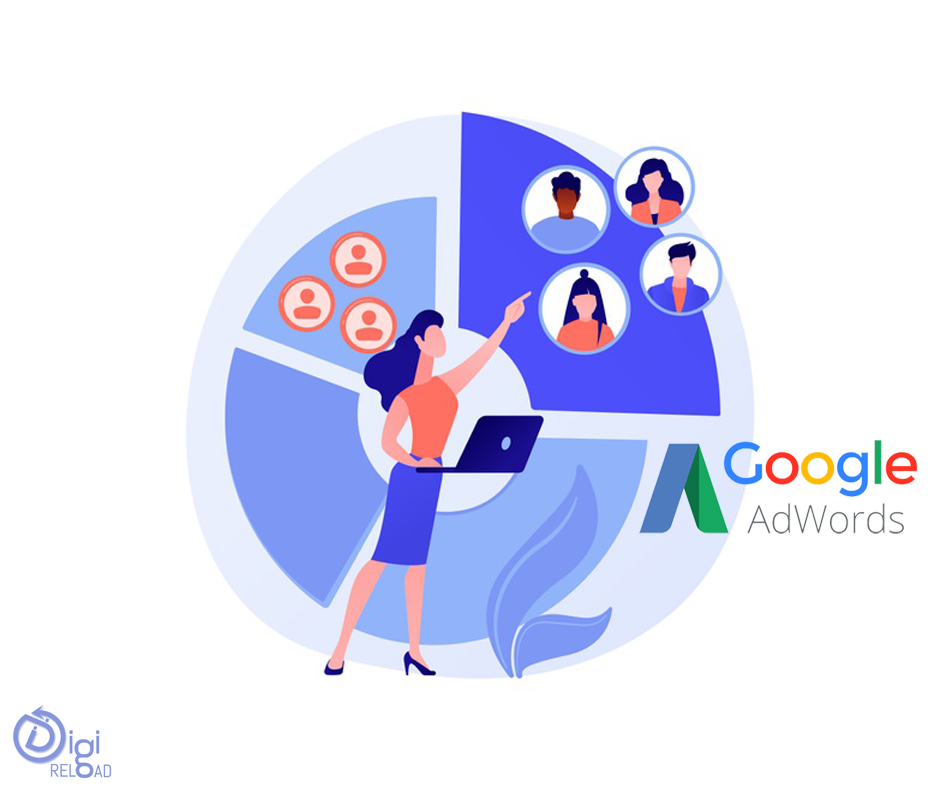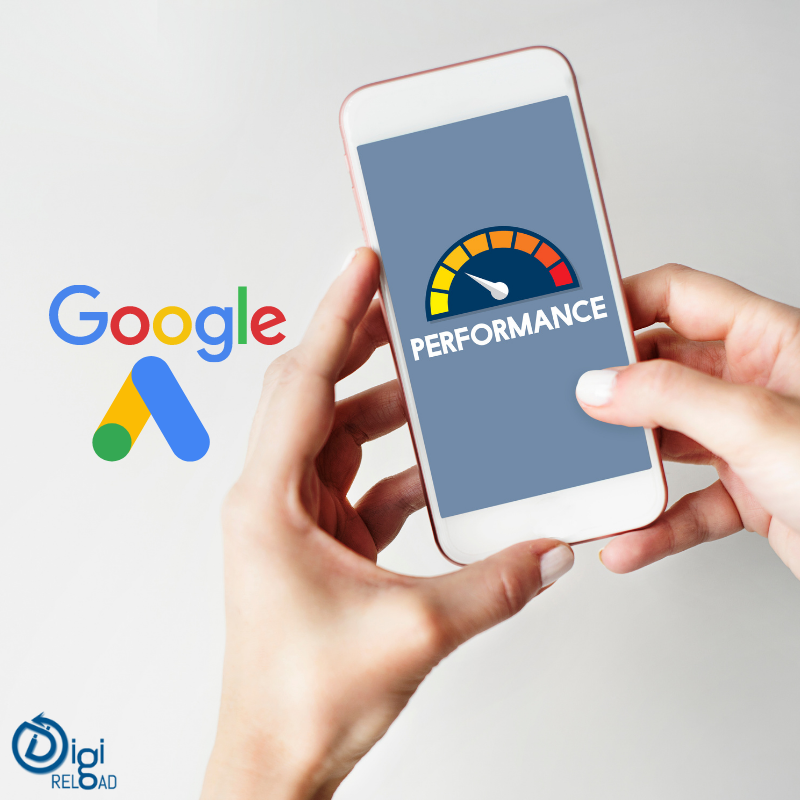Google Ads is the biggest platform for advertisers when it comes to advertising their services online. With millions of websites and billions of users Google is naturally advertisers best bet if they want to promote their product or services to the masses.
Setting up Google Ads can be tricky as there are lot of targeting options. In this Google Ads blog we discuss the types of audience targeting in Google Ads
Affinity audiences
What is affinity audience meaning? Affinity audience means users who have specific interests. By using Affinity audiences you can target your ads to users who are passionate about a specific topic or area of interest.
A user's area of interest is determined by their internet browsing behavior. If users have a heightened or lasting interest in a particular category of product or service, Google determines it as Affinity audience.
This allows advertisers to reach the people that matter most with their products or offerings, while staying cost efficient.
Currently, all Google advertisers can access affinity audiences in Search, Display, and Video campaigns, as well as Gmail and Display and Video 360.
Life Events
Life Event is another type of audience targeting in Google Ads and it is based on life events. Life events engage with viewers on YouTube, Gmail and Display around important life milestones, like graduating from college, moving homes, or getting married.
By understanding when these moments are taking place, you can tailor your advertising to reach the right users with the right messages.
If you want to reach smaller audiences life events targeting is useful as life events are infrequent as compared to Affinity audiences, and as a result may reach smaller audiences compared to affinities.
Advertisers use life events to target audience who are going through an important phase in life for example, people who are about to move, could be targeted under Life Events.
These audience are likely to buy new furniture, moving services, mortgages, and other moving-related items during the months of their move.
In-market audiences
What are In-market audiences? In-market audiences are similar to affinity audiences as that they allow you to target users based on their interests. But, the key difference is that in-market audience targeting goes a step further and takes into account a users actual purchase status.
In-market audiences can help drive remarketing performance and reach consumers close to completing a purchase, as this type of audience targeting finds users who are actively researching a certain topic or product online.
Google analyzes users search queries, the sites they’ve visited, and what they’ve clicked on and determines that these users have a high intent to purchase the product in that particular category.
This allows advertisers to target the right person at the right time.
Custom audiences
Custom audiences is another type of audience targeting in Google Ads that lets you decide how you want to reach your ideal audience by entering keywords, URLs and apps.
You can set up a custom audience in your Display, Discovery, Gmail and Video campaigns by defining your audience based on the specific keywords, URLs and apps related to your product or service.
Google Ads will then show ads to people who are likely to be interested in these keywords on pages, apps, and videos.
Custom Intent audiences
Custom intent audiences are the type of audience targeting in Google Ads which helps you to define and reach the ideal audience for your Display campaigns.
You can use custom intent audiences to segment your ad groups for a specific vertical or landing page.
For now, auto-created audiences are available in English, German, Japanese, Spanish, Russian, Portuguese, French, and Italian.
Remarketing
Remarketing is an audience targeting type in Google Ads and is created on the Google Display Network or Bing paid search network.
It involves using technology like marketing tags and tracking pixels to create remarketing Google Ads which deliver highly personalized ads to people who have already visited your website or post-click landing page but have not converted yet.
You can also re-target people who have already engaged with your company’s products and services in the past using websites, mobile apps, or videos.
Detailed Demographics
Detailed demographics is an audience targeting type in Google Ads that enables you to reach broad segments of the population that share common traits, such as college students, homeowners, or new parents.
Detailed demographics allows advertisers to target audiences by marital status, home ownership, education, and parental status.
This gives marketers control over who sees their ads which enables them for better targeting.
Customer Match
Google Customer Match is an audience targeting type that lets advertisers use your online and offline data to reach and re-engage with their customers across Search, Shopping, Gmail, YouTube, and Display. Customer Match targeting uses information customers shares with advertisers.
Similar audiences
Similar audiences Google Ads is an audience targeting type which takes the guesswork out of your search for new audiences, by automatically finding new customers similar to your existing customers.
Google Ads uses machine learning to update similar audience lists in real time to compare new users to your remarketing lists.
Using similar audiences targeting allows you to show ads to people who share characteristics with people on your existing remarketing and Customer Match lists.
To avoid overlap, your original list is automatically excluded from your similar audiences list.













.png)
.png)

.png)




.png)